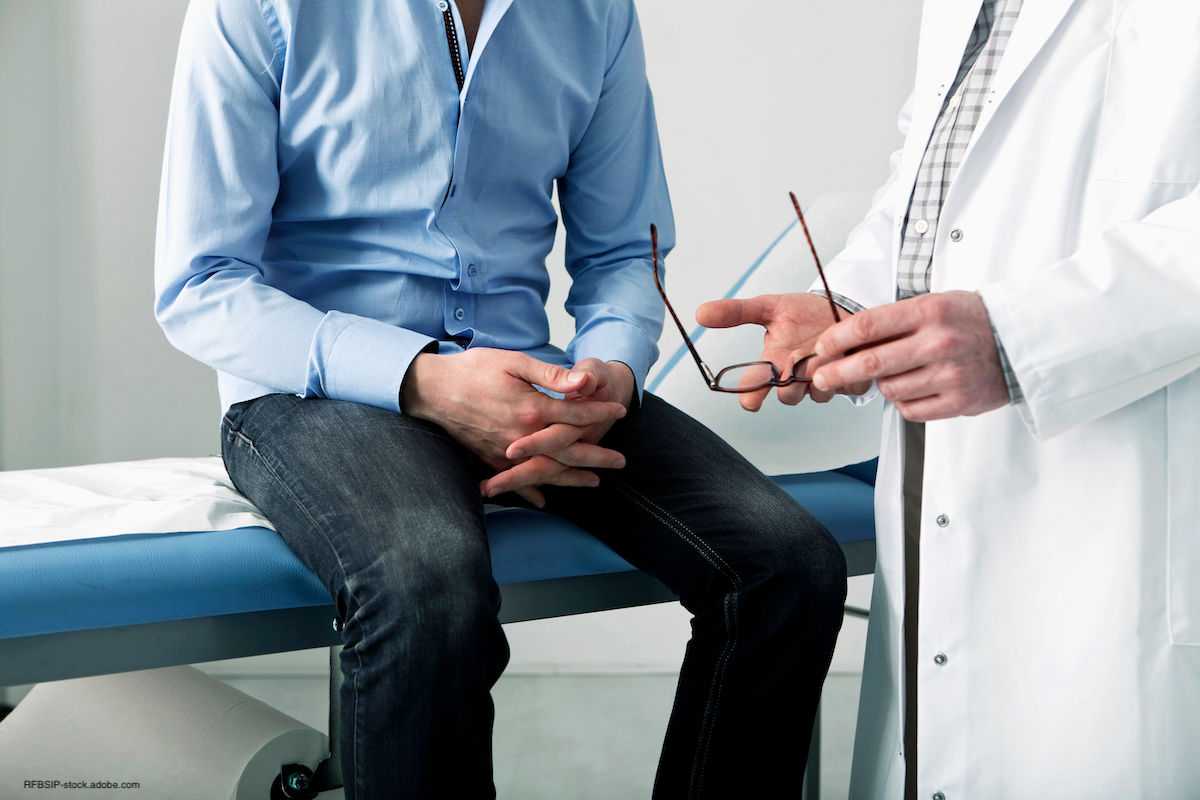madman
Super Moderator

Central Ohio Urology Group among first in region to offer Aquablation therapy for BPH
“Improved quality of life is the key benefit for our BPH patients," says Scott Barkin, DO.
Central Ohio Urology Group, an affiliate of US Urology Partners, is among the first in the Columbus, Ohio region to offer Aquablation therapy for the treatment of benign prostatic hyperplasia (BPH), according to a news release from US Urology Partners.1
“Improved quality of life is the key benefit for our BPH patients. Typically, our patients are seeking better urination by removing an existing indwelling catheter, eliminating their prostate medication, or achieving a better night’s sleep with fewer trips to the restroom. When compared with similar treatments for BPH, Aquablation tries to spare the men’s ejaculatory function, removes more prostate tissue in a shorter time and therefore requires less anesthesia, and is only one of a few treatments designed for large prostates,” said Scott Barkin, DO, Central Ohio Urology Group. Barkin has performed Aquablation for over 100 patients.
Aquablation is a minimally invasive waterjet treatment that removes prostate tissue via the urethra in men with BPH using multi-dimensional imaging and automated robotic technology. The waterjet ablation does not use heat, so the treatment has less of an effect on the structures surrounding the prostate, helping to preserve sexual function in most patients.
The procedure is performed in a hospital under anesthesia, and it typically takes around 60 to 90 minutes to complete. Depending on the size of the prostate, an overnight stay might be required of patients.
WATER trial results
Earlier last year, 5-year study results from the pivotal WATER trial (NCT02505919) were published in the Canadian Journal of Urology.2 Data indicated strong safety and efficacy of Aquablation in comparison with transurethral resection of the prostate (TURP) for the treatment of men with lower urinary tract symptoms (LUTS) related to BPH.Efficacy results were captured using the International Prostate Symptom Score (IPSS). At 6 months, the primary efficacy endpoint was achieved as the IPSS in patients receiving Aquablation decreased by a baseline of 16.9 points compared with 15.1 points among patients receiving TURP (P <.0001 for noninferiority; P = .1346 for superiority). At 5 years, IPSS scores improved by 15.1 points in the group that received Aquablation, compared with 13.2 points in the group that received TURP (P = .2764).
The primary safety endpoint measured by investigators was event rate at 3 months, which was 26% for Aquablation compared with 42% with TURP (P = .0149). The rate of procedure-related ejaculatory dysfunction was 7% for Aquablation vs 25% for TURP (P = .0004).
2. Gilling PJ, Barber N, Bidair M, et al. Five-year outcomes for Aquablation therapy compared to TURP: results from a double-blind, randomized trial in men with LUTS due to BPH. Can J Urol. 2022;29(1):10960-10968
















